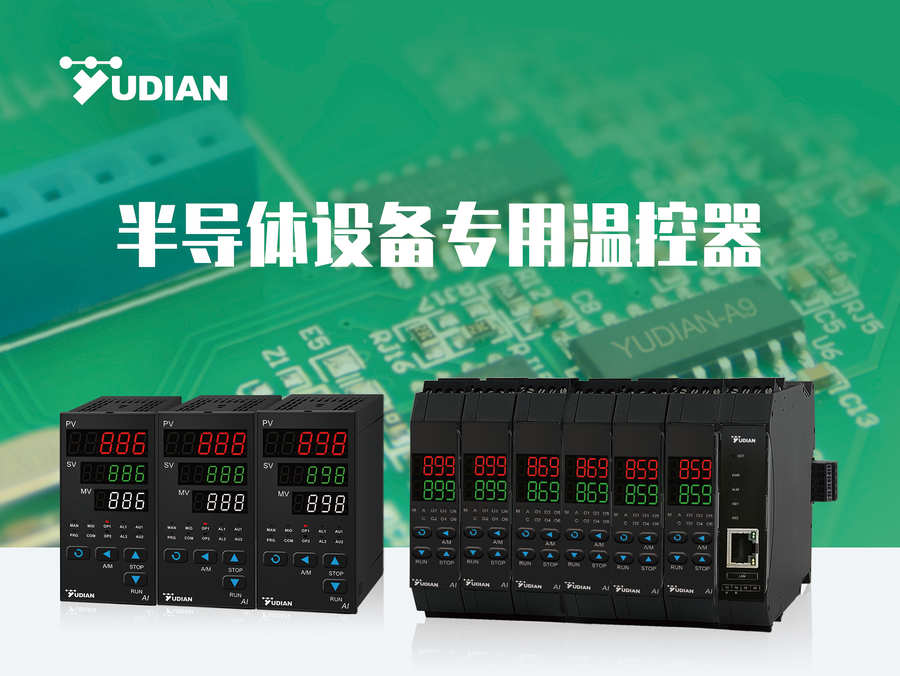Another semiconductor core equipment successfully broke through, and the domestic high-end thermostat solved the bottleneck problem
Jiwei.com learned that not long ago, a leading supplier of photovoltaic equipment in China solved a key bottleneck - the cascade temperature controller dedicated to semiconductor equipment . The product successfully passed the production line verification of domestic photovoltaic leading It is a domestic alternative, and it is superior to foreign brand products in improving the photovoltaic yield rate. It has been rated as internationally advanced by industry experts in the national scientific and technological achievements appraisal.

It is reported that the cascade thermostat is independently developed by Xiamen Yudian Automation Technology Co., Ltd. (hereinafter referred to as: Yudian), a domestic manufacturer that has been in the field of temperature control for more than 30 years . The successful launch of the domestic cascade thermostat for semiconductor equipment has filled the domestic gap in this field for many years. With the successful introduction in the photovoltaic manufacturing production line, this product will expand to a wider range of semiconductor manufacturing fields such as microelectronics, and promote the domestic substitution of upstream semiconductor equipment.
Replacing foreign brands, domestic thermostats achieve breakthroughs in the field of photovoltaic semiconductors
A thermostat, as the name suggests, is a device that measures and regulates temperature. It reads the measured value of the temperature sensor and executes a complex and intelligent control algorithm through a computer program, and uses connected actuators to precisely adjust the temperature of loads such as heaters. It is an essential core accessory for industrial production and automated production lines.
Unlike ordinary PID thermostats, cascade thermostats used in many links in semiconductor production equipment, such as diffusion, oxidation, etching, PECVD, etc., require high-end complex adjustment algorithms to deal with temperature control lag in semiconductor equipment Larger and more disturbance problems. As a high-end market for thermostat applications, the semiconductor manufacturing field has very strict requirements on the product accuracy, reliability, anti-interference and stability of thermostats.
An insider in the photovoltaic manufacturing industry pointed out that on the production line of crystalline silicon solar cells, temperature control is like the soul . For example, the diffusion furnace needs to heat the temperature in the furnace to about 700°C-1040°C according to a certain heating rate, and quickly stabilize the temperature fluctuation within ±0.5°C, which is extremely important for the accuracy, reliability and stability of temperature control. Strict requirements, once the temperature deviates, the product performance will be greatly reduced or even scrapped.
The ultra-high technical threshold makes it possible for only a handful of cascade thermostat manufacturers to enter the semiconductor field. In the past, only a few brands such as Japan's AZBIL, Britain's PMA, and America's WATLOW's EUROTHERM could meet the requirements. Yudian's newly launched AI-8 cascade thermostat for semiconductor equipment successfully entered the field of photovoltaic manufacturing last year, becoming the only domestic thermostat company whose products have passed the verification of the photovoltaic semiconductor market.


